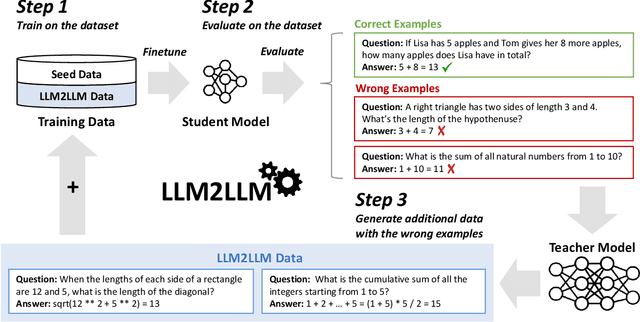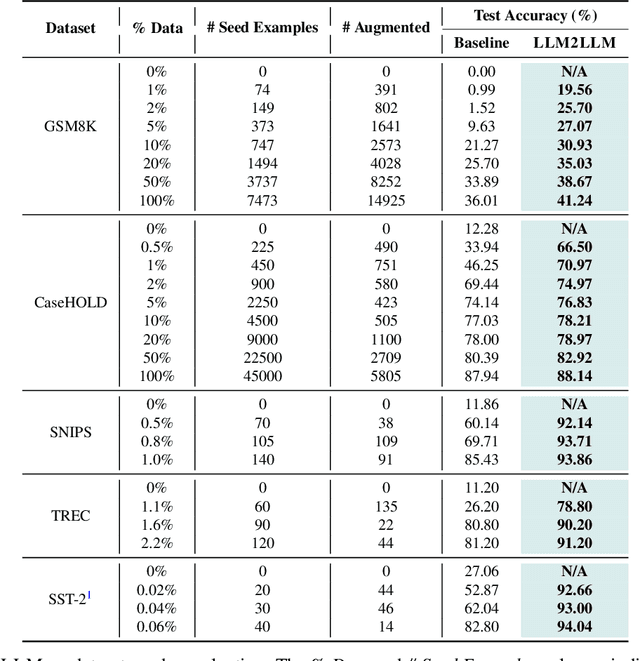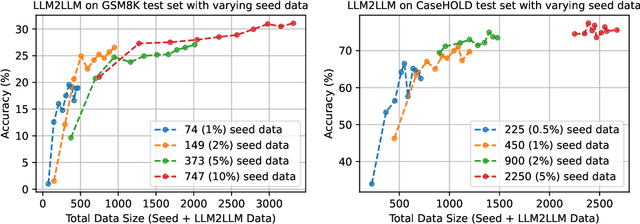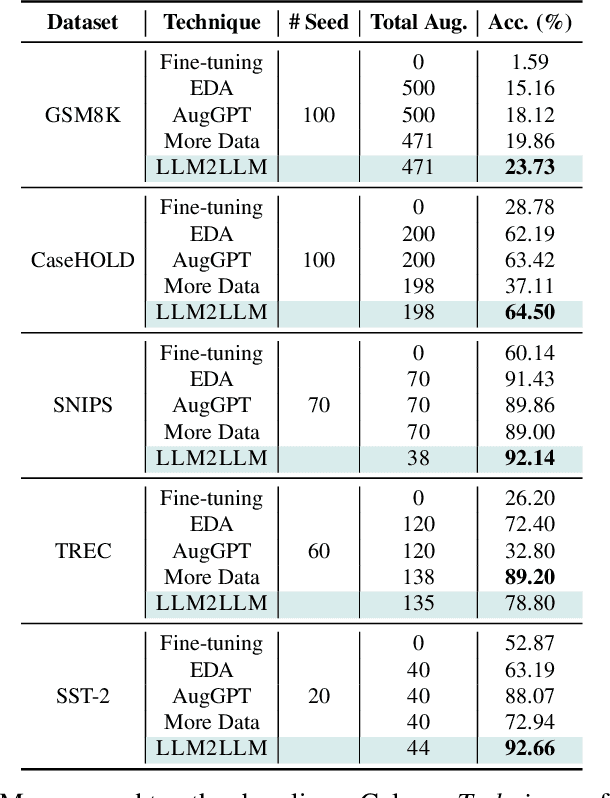Sheng Shen
Jack
Enhancing Fundus Image-based Glaucoma Screening via Dynamic Global-Local Feature Integration
Apr 01, 2025Abstract:With the advancements in medical artificial intelligence (AI), fundus image classifiers are increasingly being applied to assist in ophthalmic diagnosis. While existing classification models have achieved high accuracy on specific fundus datasets, they struggle to address real-world challenges such as variations in image quality across different imaging devices, discrepancies between training and testing images across different racial groups, and the uncertain boundaries due to the characteristics of glaucomatous cases. In this study, we aim to address the above challenges posed by image variations by highlighting the importance of incorporating comprehensive fundus image information, including the optic cup (OC) and optic disc (OD) regions, and other key image patches. Specifically, we propose a self-adaptive attention window that autonomously determines optimal boundaries for enhanced feature extraction. Additionally, we introduce a multi-head attention mechanism to effectively fuse global and local features via feature linear readout, improving the model's discriminative capability. Experimental results demonstrate that our method achieves superior accuracy and robustness in glaucoma classification.
Can LLMs Assist Computer Education? an Empirical Case Study of DeepSeek
Apr 01, 2025Abstract:This study presents an empirical case study to assess the efficacy and reliability of DeepSeek-V3, an emerging large language model, within the context of computer education. The evaluation employs both CCNA simulation questions and real-world inquiries concerning computer network security posed by Chinese network engineers. To ensure a thorough evaluation, diverse dimensions are considered, encompassing role dependency, cross-linguistic proficiency, and answer reproducibility, accompanied by statistical analysis. The findings demonstrate that the model performs consistently, regardless of whether prompts include a role definition or not. In addition, its adaptability across languages is confirmed by maintaining stable accuracy in both original and translated datasets. A distinct contrast emerges between its performance on lower-order factual recall tasks and higher-order reasoning exercises, which underscores its strengths in retrieving information and its limitations in complex analytical tasks. Although DeepSeek-V3 offers considerable practical value for network security education, challenges remain in its capability to process multimodal data and address highly intricate topics. These results provide valuable insights for future refinement of large language models in specialized professional environments.
Unleashing the Power of Pre-trained Encoders for Universal Adversarial Attack Detection
Apr 01, 2025Abstract:Adversarial attacks pose a critical security threat to real-world AI systems by injecting human-imperceptible perturbations into benign samples to induce misclassification in deep learning models. While existing detection methods, such as Bayesian uncertainty estimation and activation pattern analysis, have achieved progress through feature engineering, their reliance on handcrafted feature design and prior knowledge of attack patterns limits generalization capabilities and incurs high engineering costs. To address these limitations, this paper proposes a lightweight adversarial detection framework based on the large-scale pre-trained vision-language model CLIP. Departing from conventional adversarial feature characterization paradigms, we innovatively adopt an anomaly detection perspective. By jointly fine-tuning CLIP's dual visual-text encoders with trainable adapter networks and learnable prompts, we construct a compact representation space tailored for natural images. Notably, our detection architecture achieves substantial improvements in generalization capability across both known and unknown attack patterns compared to traditional methods, while significantly reducing training overhead. This study provides a novel technical pathway for establishing a parameter-efficient and attack-agnostic defense paradigm, markedly enhancing the robustness of vision systems against evolving adversarial threats.
BLIP3-KALE: Knowledge Augmented Large-Scale Dense Captions
Nov 12, 2024Abstract:We introduce BLIP3-KALE, a dataset of 218 million image-text pairs that bridges the gap between descriptive synthetic captions and factual web-scale alt-text. KALE augments synthetic dense image captions with web-scale alt-text to generate factually grounded image captions. Our two-stage approach leverages large vision-language models and language models to create knowledge-augmented captions, which are then used to train a specialized VLM for scaling up the dataset. We train vision-language models on KALE and demonstrate improvements on vision-language tasks. Our experiments show the utility of KALE for training more capable and knowledgeable multimodal models. We release the KALE dataset at https://huggingface.co/datasets/Salesforce/blip3-kale
Reimagining Linear Probing: Kolmogorov-Arnold Networks in Transfer Learning
Sep 12, 2024Abstract:This paper introduces Kolmogorov-Arnold Networks (KAN) as an enhancement to the traditional linear probing method in transfer learning. Linear probing, often applied to the final layer of pre-trained models, is limited by its inability to model complex relationships in data. To address this, we propose substituting the linear probing layer with KAN, which leverages spline-based representations to approximate intricate functions. In this study, we integrate KAN with a ResNet-50 model pre-trained on ImageNet and evaluate its performance on the CIFAR-10 dataset. We perform a systematic hyperparameter search, focusing on grid size and spline degree (k), to optimize KAN's flexibility and accuracy. Our results demonstrate that KAN consistently outperforms traditional linear probing, achieving significant improvements in accuracy and generalization across a range of configurations. These findings indicate that KAN offers a more powerful and adaptable alternative to conventional linear probing techniques in transfer learning.
The Llama 3 Herd of Models
Jul 31, 2024Abstract:Modern artificial intelligence (AI) systems are powered by foundation models. This paper presents a new set of foundation models, called Llama 3. It is a herd of language models that natively support multilinguality, coding, reasoning, and tool usage. Our largest model is a dense Transformer with 405B parameters and a context window of up to 128K tokens. This paper presents an extensive empirical evaluation of Llama 3. We find that Llama 3 delivers comparable quality to leading language models such as GPT-4 on a plethora of tasks. We publicly release Llama 3, including pre-trained and post-trained versions of the 405B parameter language model and our Llama Guard 3 model for input and output safety. The paper also presents the results of experiments in which we integrate image, video, and speech capabilities into Llama 3 via a compositional approach. We observe this approach performs competitively with the state-of-the-art on image, video, and speech recognition tasks. The resulting models are not yet being broadly released as they are still under development.
MINT-1T: Scaling Open-Source Multimodal Data by 10x: A Multimodal Dataset with One Trillion Tokens
Jun 17, 2024Abstract:Multimodal interleaved datasets featuring free-form interleaved sequences of images and text are crucial for training frontier large multimodal models (LMMs). Despite the rapid progression of open-source LMMs, there remains a pronounced scarcity of large-scale, diverse open-source multimodal interleaved datasets. In response, we introduce MINT-1T, the most extensive and diverse open-source Multimodal INTerleaved dataset to date. MINT-1T comprises one trillion text tokens and three billion images, a 10x scale-up from existing open-source datasets. Additionally, we include previously untapped sources such as PDFs and ArXiv papers. As scaling multimodal interleaved datasets requires substantial engineering effort, sharing the data curation process and releasing the dataset greatly benefits the community. Our experiments show that LMMs trained on MINT-1T rival the performance of models trained on the previous leading dataset, OBELICS. Our data and code will be released at https://github.com/mlfoundations/MINT-1T.
Enhancing Large Vision Language Models with Self-Training on Image Comprehension
May 30, 2024Abstract:Large vision language models (LVLMs) integrate large language models (LLMs) with pre-trained vision encoders, thereby activating the perception capability of the model to understand image inputs for different queries and conduct subsequent reasoning. Improving this capability requires high-quality vision-language data, which is costly and labor-intensive to acquire. Self-training approaches have been effective in single-modal settings to alleviate the need for labeled data by leveraging model's own generation. However, effective self-training remains a challenge regarding the unique visual perception and reasoning capability of LVLMs. To address this, we introduce Self-Training on Image Comprehension (STIC), which emphasizes a self-training approach specifically for image comprehension. First, the model self-constructs a preference dataset for image descriptions using unlabeled images. Preferred responses are generated through a step-by-step prompt, while dis-preferred responses are generated from either corrupted images or misleading prompts. To further self-improve reasoning on the extracted visual information, we let the model reuse a small portion of existing instruction-tuning data and append its self-generated image descriptions to the prompts. We validate the effectiveness of STIC across seven different benchmarks, demonstrating substantial performance gains of 4.0% on average while using 70% less supervised fine-tuning data than the current method. Further studies investigate various components of STIC and highlight its potential to leverage vast quantities of unlabeled images for self-training. Code and data are made publicly available.
DeeDSR: Towards Real-World Image Super-Resolution via Degradation-Aware Stable Diffusion
Mar 31, 2024



Abstract:Diffusion models, known for their powerful generative capabilities, play a crucial role in addressing real-world super-resolution challenges. However, these models often focus on improving local textures while neglecting the impacts of global degradation, which can significantly reduce semantic fidelity and lead to inaccurate reconstructions and suboptimal super-resolution performance. To address this issue, we introduce a novel two-stage, degradation-aware framework that enhances the diffusion model's ability to recognize content and degradation in low-resolution images. In the first stage, we employ unsupervised contrastive learning to obtain representations of image degradations. In the second stage, we integrate a degradation-aware module into a simplified ControlNet, enabling flexible adaptation to various degradations based on the learned representations. Furthermore, we decompose the degradation-aware features into global semantics and local details branches, which are then injected into the diffusion denoising module to modulate the target generation. Our method effectively recovers semantically precise and photorealistic details, particularly under significant degradation conditions, demonstrating state-of-the-art performance across various benchmarks. Codes will be released at https://github.com/bichunyang419/DeeDSR.
LLM2LLM: Boosting LLMs with Novel Iterative Data Enhancement
Mar 22, 2024



Abstract:Pretrained large language models (LLMs) are currently state-of-the-art for solving the vast majority of natural language processing tasks. While many real-world applications still require fine-tuning to reach satisfactory levels of performance, many of them are in the low-data regime, making fine-tuning challenging. To address this, we propose LLM2LLM, a targeted and iterative data augmentation strategy that uses a teacher LLM to enhance a small seed dataset by augmenting additional data that can be used for fine-tuning on a specific task. LLM2LLM (1) fine-tunes a baseline student LLM on the initial seed data, (2) evaluates and extracts data points that the model gets wrong, and (3) uses a teacher LLM to generate synthetic data based on these incorrect data points, which are then added back into the training data. This approach amplifies the signal from incorrectly predicted data points by the LLM during training and reintegrates them into the dataset to focus on more challenging examples for the LLM. Our results show that LLM2LLM significantly enhances the performance of LLMs in the low-data regime, outperforming both traditional fine-tuning and other data augmentation baselines. LLM2LLM reduces the dependence on labor-intensive data curation and paves the way for more scalable and performant LLM solutions, allowing us to tackle data-constrained domains and tasks. We achieve improvements up to 24.2% on the GSM8K dataset, 32.6% on CaseHOLD, 32.0% on SNIPS, 52.6% on TREC and 39.8% on SST-2 over regular fine-tuning in the low-data regime using a LLaMA2-7B student model.
 Add to Chrome
Add to Chrome Add to Firefox
Add to Firefox Add to Edge
Add to Edge